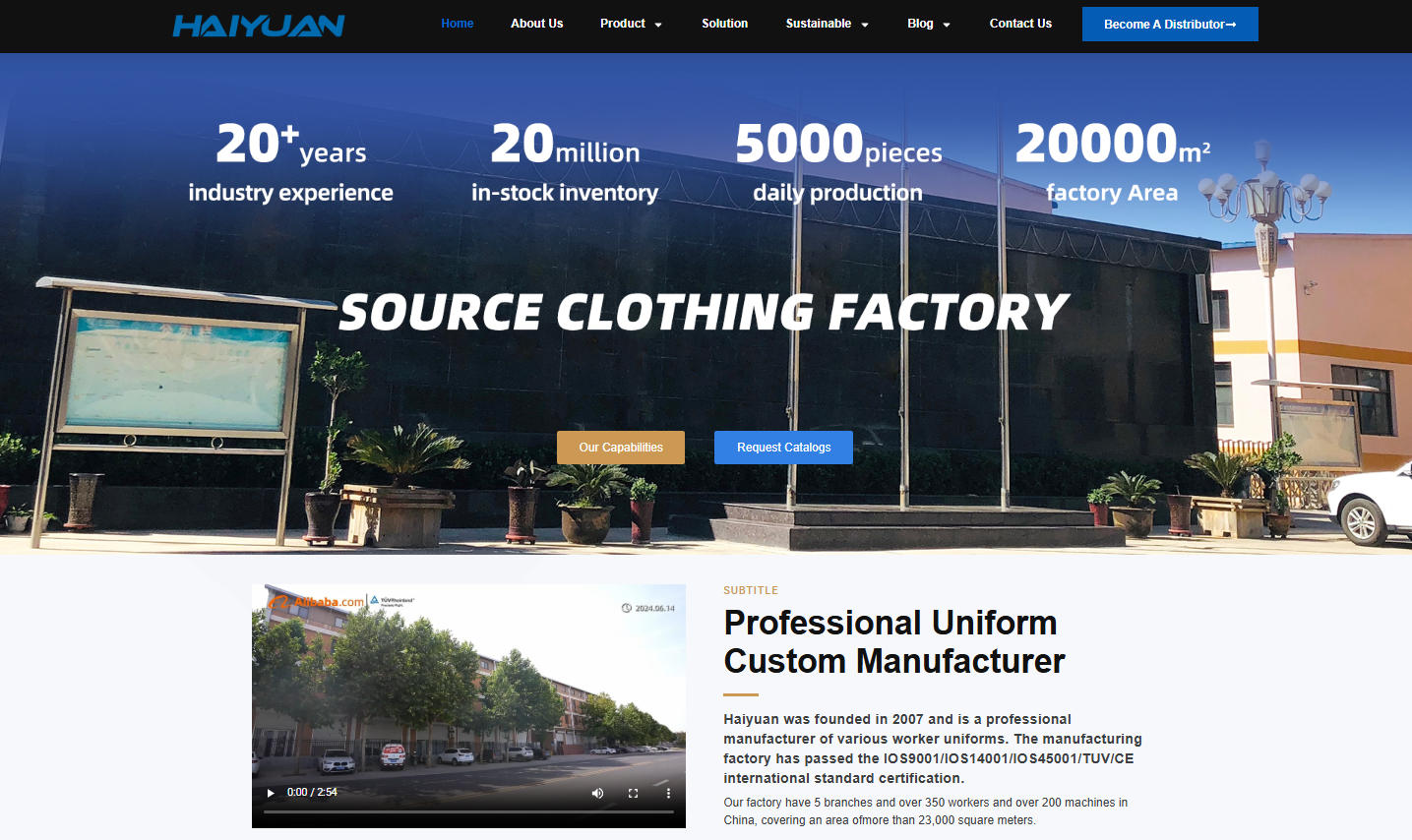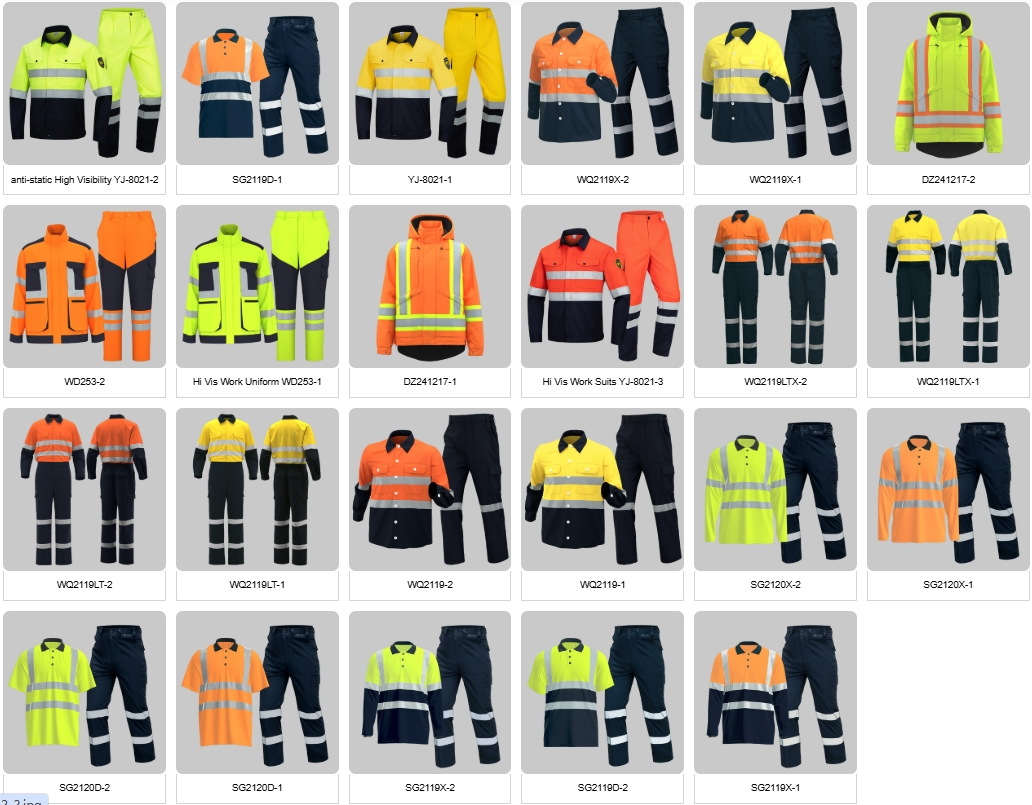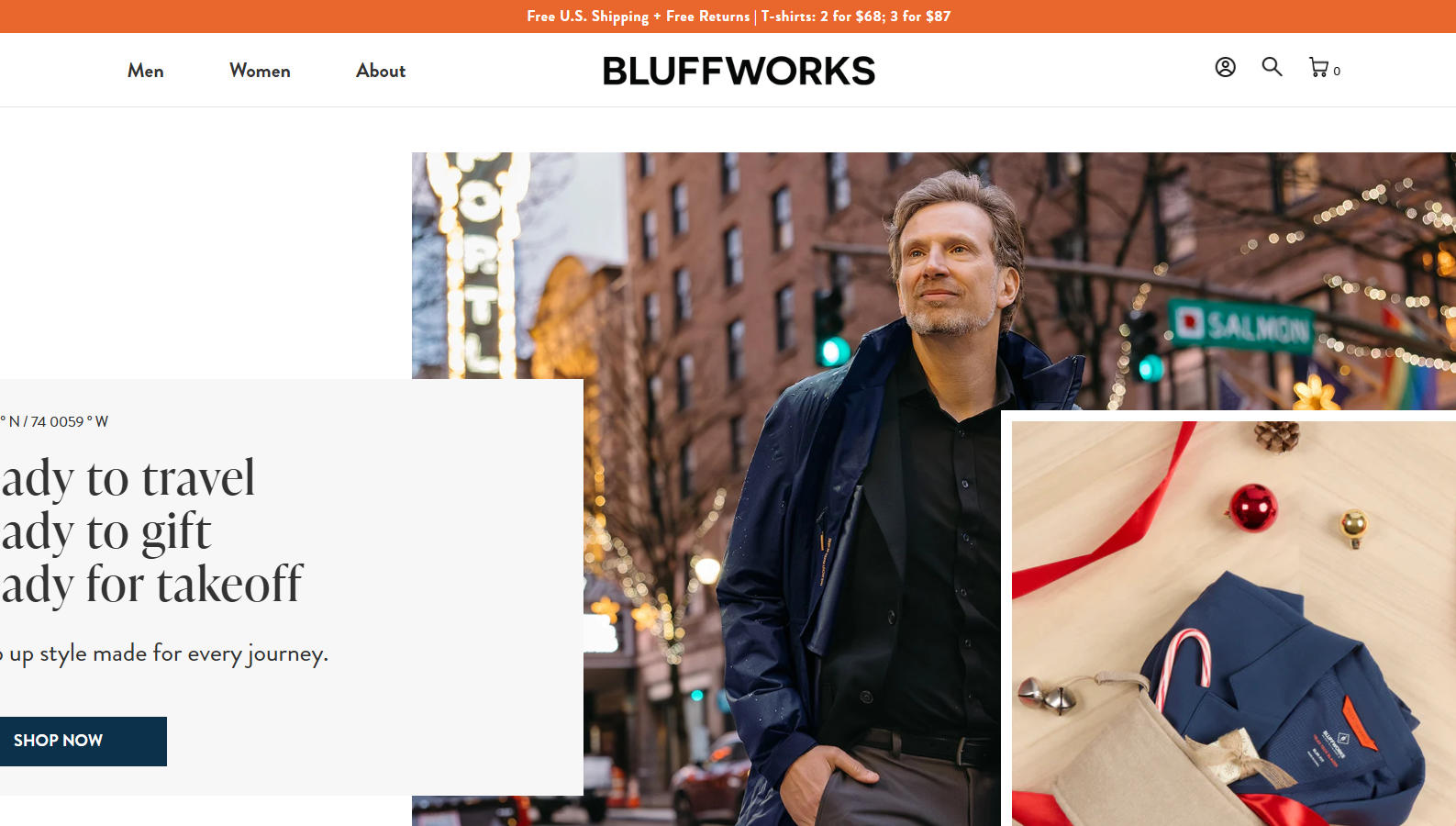The procurement of work uniforms from China by a Belarusian company is a common and practical supply chain strategy, heavily influenced by Belarus’s geographic and political position.
Here is a detailed breakdown of the process, key advantages, challenges, and strategic considerations.
Executive Summary
A Belarusian company leverages China’s manufacturing for cost-effectiveness, customization, and volume. However, the entire process is shaped by Belarus’s membership in the Eurasian Economic Union (EAEU) and its close partnership with Russia, which defines trade routes and customs procedures.
The Procurement Process: Step-by-Step
Phase 1: Sourcing & Planning (in Belarus)
-
Define Requirements: The company finalizes uniform designs, fabric specifications (e.g., for harsh winters), colors, and logo details (embroidery, printing) based on client needs or internal demand.
-
Supplier Identification: Use B2B platforms like Alibaba.com or Made-in-China.com to find and vet manufacturers. Attending trade fairs like the Canton Fair is also an option.
-
Request for Quotation (RFQ): Send detailed inquiries to multiple suppliers to compare pricing, MOQ (Minimum Order Quantity), and production timelines.
Phase 2: Negotiation & Production (with China)
-
Sample Approval: This is a critical step. Before mass production, the Belarusian company must request and approve a physical sample to check quality, fit, and logo application.
-
Contract Finalization: Agree on final price, payment terms (typically 30% deposit, 70% before shipment), and Incoterms (e.g., EXW or FCA in China, placing logistics responsibility on the buyer).
-
Production & Quality Control: The factory begins production. The buyer should request production updates and conduct a pre-shipment inspection (by themselves or a third-party agency) to ensure quality matches the sample.

haiyuan clothing factory
Phase 3: Logistics & Import (to Belarus)
-
Logistics – The Key Decision: The most common and cost-effective route is rail freight.
-
Primary Route: China-Europe Railway. Goods travel by train from China (e.g., Xi’an, Chongqing) through Kazakhstan and Russia, directly into Belarus. Belarus is a key hub on this route (e.g., the Brest rail yard). This is faster than sea freight and cheaper than air.
-
Sea & Land Route: Sea freight to a port like St. Petersburg (Russia) or Klaipėda (Lithuania), then by truck or rail to Belarus. This can be slower due to transshipment.
-
-
Customs Clearance in Belarus:
-
As an EAEU member, Belarus uses the union’s common customs code. The company must submit a standard package of documents: Commercial Invoice, Packing List, Certificate of Origin, and transport documents (e.g., Railway Bill).
-
Hiring a Belarusian customs broker is highly recommended to handle the declaration, ensure correct HS codes, and pay the relevant import duties and VAT (which is harmonized across the EAEU).
-
Key Advantages for a Belarusian Company
-
Cost Efficiency: Chinese production offers significantly lower prices for bulk orders.
-
Strategic Logistics: The China-Europe railway provides a direct, efficient, and reliable land bridge directly into Belarus.
-
Customization Flexibility: Chinese factories excel at producing small-batch custom items with logos and specific designs.
-
EAEU Benefits: A unified customs territory with Russia, Kazakhstan, Armenia, and Kyrgyzstan simplifies regulations for goods moving between these countries after import.
Challenges & Risk Mitigation
-
Language and Communication Barrier:
-
Risk: Misunderstandings in design or quality specifications.
-
Mitigation: Use clear tech packs with pictures and diagrams. Work with suppliers who have English-speaking sales staff or use a sourcing agent.
-
-
Logistical Complexity and Delays:
-
Risk: Rail or sea freight can face delays due to congestion, customs checks, or seasonal demand (e.g., pre-holiday rushes).
-
Mitigation: Plan for buffer time in the delivery schedule. Work with an experienced freight forwarder familiar with the China-Belarus corridor.
-
-
Quality Control Risk:
-
Risk: Receiving goods that do not meet the approved sample’s quality.
-
Mitigation: Never skip the sample process. For large orders, invest in a third-party inspection service in China to check the goods before they are shipped.
-
-
Payment Security:
-
Risk: Sending a deposit to an unknown supplier.
-
Mitigation: Use secure payment methods like Alibaba Trade Assurance or a Letter of Credit (L/C) for larger orders. Start with a smaller trial order to build trust.
-
-
Geopolitical and Sanctions-Related Issues:
-
Risk: As a close ally of Russia, Belarus is also subject to various international sanctions. This can complicate international payments, insurance, and the use of certain logistics services.
-
Mitigation: Work with banks and logistics providers in Belarus, China, or other non-sanctioning countries that have established channels for such trade. Payment in Chinese Yuan (RMB) is increasingly common.
-
Strategic Tips for Success
-
Build a Partnership: Find 1-2 reliable factories in China and cultivate a long-term relationship. This leads to better pricing and service.
-
Master the Incoterms: Clearly define responsibilities with the supplier. Terms like FCA (Chinese factory) are often best, giving the Belarusian company control over the main logistics chain.
-
Focus on the Sample: The quality of the sample dictates the quality of the entire order. Be meticulous in your approval.
-
Leverage Local Expertise: A good customs broker and freight forwarder in Belarus are worth their weight in gold. They will navigate the evolving regulatory and logistical landscape for you.
Conclusion
For a Belarusian company, importing work uniforms from China is a well-established and viable supply chain strategy. While it involves navigating complexities in logistics, quality control, and international payments, the advantages of cost, customization, and the efficient China-Europe rail link make it a compelling choice. Success hinges on careful planning, thorough due diligence, and partnering with reliable experts both in China and Belarus.
For some insightful reads, we’ve curated a list of recommended articles just for you:
- How do I find a product manufacturer in China?
- How to find cheap manufacturers in China? A guide to avoid pitfalls
- How to complete your first purchase of workwear in China safely and efficiently
- Custom uniforms for Small business
- Choosing the Best Industrial Work Suit
- Ultimate Guide: Best Wholesale Work Clothes in China
- Cut & Sew Customization
- Logo Customize Clonthing Manufacturer
- Labour Uniform manufacturer
- Labor clothing uniform for sale
- Working clothes china wholesale
Can’t find what you’re looking for? Feel free to contact us. We’re here to help 24/7.
Useful links:





